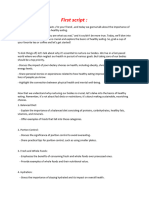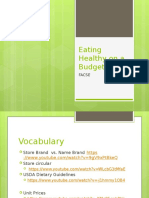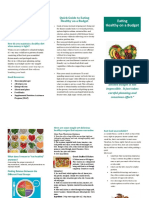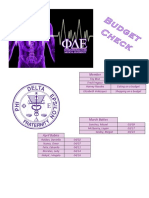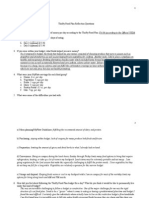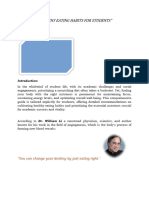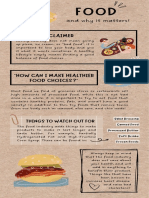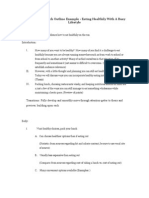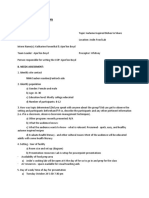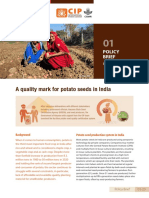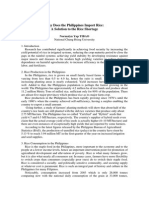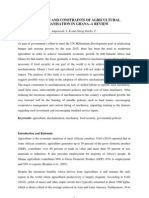0% found this document useful (0 votes)
75 views14 pagesScript
The document outlines a presentation on healthy eating on a budget for college students, emphasizing the importance of nutrition without overspending. It discusses common challenges such as food insecurity and unhealthy eating habits, while offering practical solutions like smart grocery shopping, meal planning, and utilizing campus resources. The presentation aims to debunk myths about healthy eating being expensive or time-consuming, ultimately encouraging students to make informed dietary choices.
Uploaded by
kakonalofaiCopyright
© © All Rights Reserved
We take content rights seriously. If you suspect this is your content, claim it here.
Available Formats
Download as DOCX, PDF, TXT or read online on Scribd
0% found this document useful (0 votes)
75 views14 pagesScript
The document outlines a presentation on healthy eating on a budget for college students, emphasizing the importance of nutrition without overspending. It discusses common challenges such as food insecurity and unhealthy eating habits, while offering practical solutions like smart grocery shopping, meal planning, and utilizing campus resources. The presentation aims to debunk myths about healthy eating being expensive or time-consuming, ultimately encouraging students to make informed dietary choices.
Uploaded by
kakonalofaiCopyright
© © All Rights Reserved
We take content rights seriously. If you suspect this is your content, claim it here.
Available Formats
Download as DOCX, PDF, TXT or read online on Scribd
/ 14



